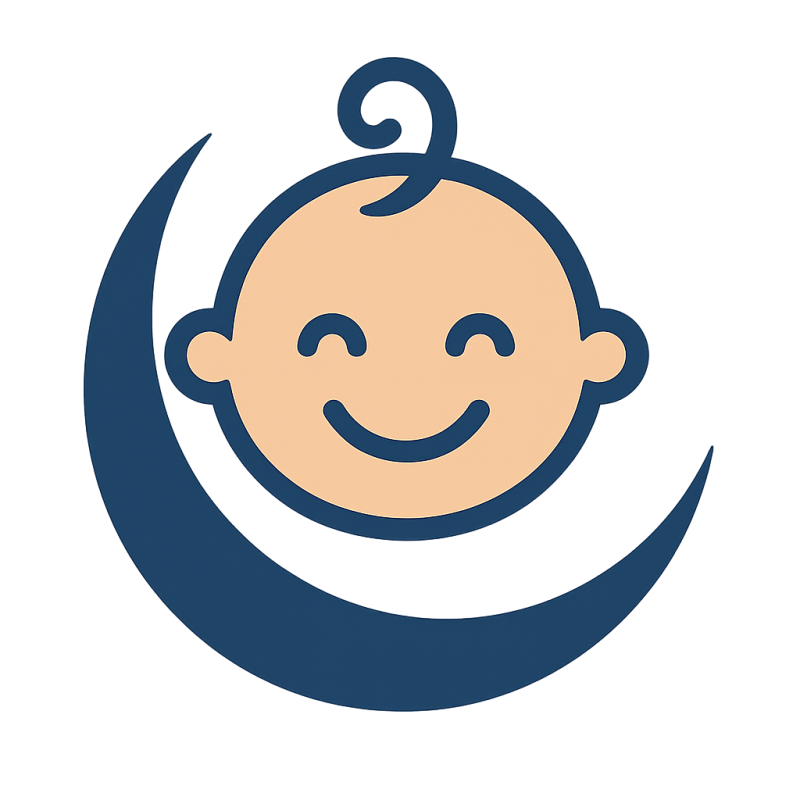Training for babysitters and caregivers
When it comes to the safety of children with food allergies, training for babysitters and caregivers is crucial. It ensures they are prepared to handle any potential allergic reactions and understand the specific needs of the child. By equipping caregivers with the right knowledge and skills, parents can have peace of mind knowing that their children are in safe hands.
A comprehensive training program should cover various aspects, including recognizing symptoms, understanding emergency procedures, and knowing how to use epinephrine auto-injectors. This preparation is vital, especially for children with severe allergies.
Effective training should also include role-playing scenarios where babysitters practice responding to allergic reactions. This builds their confidence and ensures they are ready to act swiftly and effectively in case of an emergency.
Guide to managing allergic reactions in children
Managing allergic reactions in children involves several steps, starting with identifying the allergens and understanding each child's unique needs. Parents should provide detailed information about the child's allergies, including food items to avoid and potential symptoms of an allergic reaction.
Babysitters must be familiar with recognizing allergic reactions in children. Common signs include hives, swelling, difficulty breathing, and gastrointestinal issues. Being vigilant can help in reacting promptly during an allergic episode.
- Maintain a list of allergens.
- Educate babysitters about symptoms.
- Always have emergency contacts available.
- Ensure access to an epinephrine auto-injector.
In addition to recognizing symptoms, babysitters should understand the importance of having a well-defined emergency plan in place. This plan should outline the steps to take in case of an allergic reaction, including when to administer medication and who to contact for help.
Best practices for babysitters with food allergies
To ensure safety, babysitters should follow best practices when caring for children with food allergies. This includes clear communication with parents about the child’s allergies and any specific instructions they provide.
One of the best practices for babysitters with food allergies is to avoid any outside food unless explicitly allowed by the parents. This not only minimizes the risk of accidental exposure but also creates a safe environment for the child.
- Review the child's allergy management plan regularly.
- Practice using the epinephrine auto-injector.
- Keep an emergency kit ready and easily accessible.
- Stay informed about the latest allergy guidelines.
Furthermore, babysitters should feel empowered to ask questions and seek clarification about any uncertainties regarding the child’s allergies. Open communication is essential for maintaining safety and preventing allergic reactions.
Emergency plans for allergic reactions
Every babysitter should have a clear and actionable emergency plan for allergic reactions. This plan should be developed in collaboration with parents and should detail the specific steps to take if a child experiences an allergic reaction.
The emergency plan should include the location of the child’s medication, such as epinephrine auto-injectors, and clear instructions on how to administer it. Additionally, babysitters should have a list of emergency contacts, including the child's doctor, parents, and nearby relatives.
- Identify the nearest hospital or urgent care facility.
- Ensure that all caregivers are aware of the emergency plan.
- Practice drills to reinforce the procedure.
Regularly reviewing and updating the emergency plan is also crucial. As children grow, their allergies may change, and so should the management strategies. Keeping everyone informed can significantly mitigate risks.
Training babysitters to handle food allergies
Training babysitters to handle food allergies effectively involves comprehensive education on the nature of food allergies, including potential triggers and reactions. This training should encompass both theoretical knowledge and practical applications.
Babysitters should learn how to recognize the signs of an allergic reaction, especially anaphylaxis, which can be life-threatening. They should also be familiar with the various treatments available, including the use of epinephrine and antihistamines.
- Conduct written assessments to gauge knowledge.
- Organize workshops on allergy management.
- Provide resources such as pamphlets and online courses.
Furthermore, it's beneficial to incorporate real-life scenarios into the training, allowing babysitters to practice their responses in controlled settings. This hands-on approach ensures that they are ready for any situation that may arise.
Questions related to managing allergic reactions
How do daycares handle allergies?
Daycares handle allergies through comprehensive allergy management plans. They typically require parents to provide detailed information regarding each child's allergies. Staff members are trained to recognize symptoms and respond appropriately. Many daycares also implement strict policies regarding food items allowed on premises.
By creating an environment focused on childcare safety, daycares aim to minimize the risk of allergic reactions. This includes regular training for staff on how to administer medication and what to do in case of an emergency.
How to help someone having an allergic reaction?
Helping someone having an allergic reaction involves a quick and calm response. First, assess the severity of the reaction. If symptoms are mild, such as hives or itching, antihistamines may be sufficient. However, if there are signs of anaphylaxis, such as difficulty breathing or swelling of the throat, the use of an epinephrine auto-injector is crucial.
After administering the epinephrine, call emergency services immediately. Monitor the individual closely and reassure them while waiting for help to arrive. It’s essential to act quickly during an allergic reaction, as timely treatment can be life-saving.
What is the correct 5 step process if you suspect someone is suffering from an allergic reaction?
The correct five-step process includes:
- Assess the situation and identify symptoms.
- Administer the appropriate medication (antihistamine or epinephrine).
- Call emergency services if symptoms worsen or if anaphylaxis is suspected.
- Monitor the individual’s condition until help arrives.
- Provide information to medical responders about the allergies and treatment given.
This structured approach ensures that the individual receives prompt care, which is critical during allergic reactions.
How do you neutralize an allergic reaction?
Neutralizing an allergic reaction depends on the severity of the symptoms. For mild reactions, antihistamines can help alleviate symptoms. However, for severe reactions, such as anaphylaxis, administering epinephrine is essential.
After the immediate symptoms are addressed, it is crucial to avoid further exposure to the allergen and to seek medical attention. Proper management and follow-up care are vital for the individual’s safety and well-being.
Understanding how babysitters manage allergic reactions is key to maintaining a safe environment for children with food allergies. Ensuring that caregivers are well-prepared not only protects the children but also provides peace of mind for parents.


